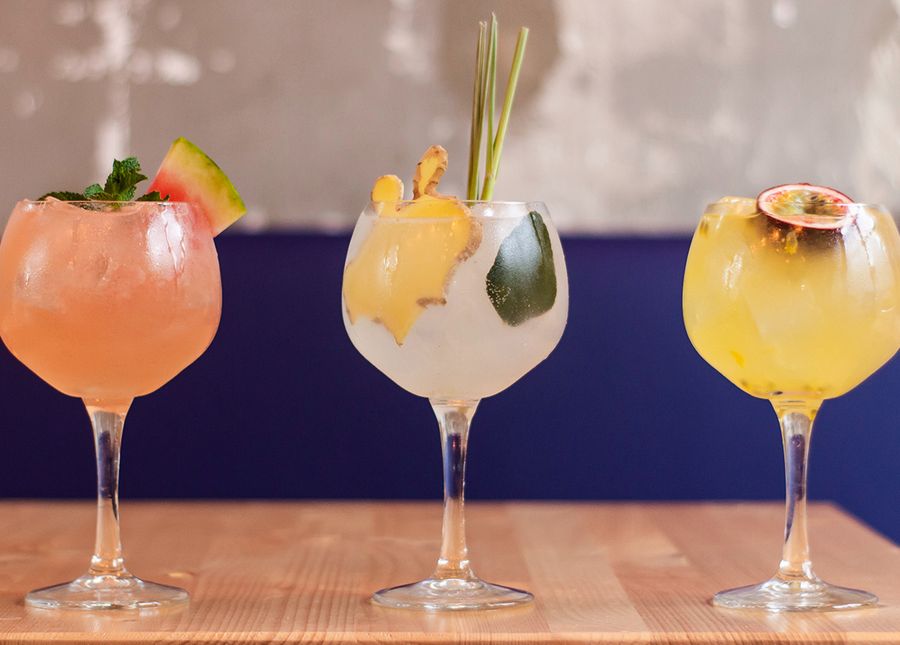If you tried to trick-or-treat as a kid in Australia, it’s likely you were met with a closed door and a scoff that “Halloween is an American tradition”. Rest assured that the miser refusing you lollies was wrong (and stingy).
The tradition of Halloween can instead be credited to the Celts. It’s believed to have risen from the ashes of the Samhain festival, which started over 2,500 years ago. This celebration was held on October 31 in Ireland and Scotland and marked the end of harvest time. It was thought that this time was also ripe for the dead to return.
In order to stop these spirits from damaging crops (the biggest fear at that time), a sacrifice of crops was made, which seems counter-intuitive. It’s said that animals were also sacrificed as part of Samhain, and food and drink were left out to soothe the undead. Candles were lit and prayers were said for good measure.
This festivity seems low on frivolity, but costumes were involved. However with no party shops up and running at the time, it’s believed celebrators instead wore white, draped themselves with animal hides and marked their faces with soot. It wasn’t until the 1930s that Halloween costumes became mass produced and became the witch, devil and skeleton incarnations we’re so familiar with.
Activities such as bobbing for apples, fortune telling and dream interpretations became part of the celebrations at some stage. Door knocking for treats became popular in the 16th century in Ireland and Scotland, with food being given out once a song was sung in exchange. The trick element can be traced back to those cheeky Scots, with masked youths threatening to run amok if they weren’t rewarded. Pranks became common from the 18th century onwards.
Christianity influenced Halloween as we now know it. November 2 became the date to honour the dead as of 1000 A.D. It’s believed this started to replace the less than holy Samhain festival, and was first known as All Souls’ Day, which became All-Hallows Eve, then simply Halloween.
Christianity brought Halloween to America in the 19th century, via the Irish and Scottish immigrants. While rejected by some American religious groups, the holiday was embraced by many and soon became mainstream. Pumpkin carving, which started around 1837, can be credited to the Americans (turnips had been used in Ireland and Scotland).
As for Australia, while verandahs around the country might not be adorned with jack-o’-lanterns come October 31, Halloween is increasingly becoming something we too celebrate. If you see an orange balloon hung outside a house, that means the household welcomes trick-or-treaters. With no set age limit for this, if you missed your chance in childhood, why not try your luck now?



